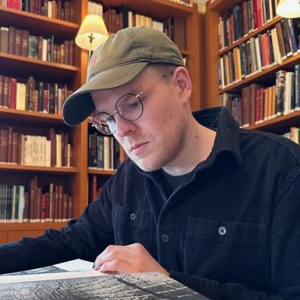Scholarly Dialogue: Transparency and Projection in Medieval Buddhist Sculpture
The early phases of Buddhist art in China are characterized by a process of appropriation and experimentation. The earliest artists hewed closely to models of Buddhist imagemaking imported from Gandhara and Mathura and from Central Asia. As Buddhism took root in China, artists began to explore the possibilities of visual expression of its ideas. Buddhist concepts like immateriality and impermanence, infinity and multiplicity, challenged the conventions of ordinary representation, and stimulated innovation in the visual arts. Buddhist monuments carved in stone in northern China during the late fifth and early sixth centuries seem to experiment with the permanence and materiality of stone itself. Various examples imagine stone as permeable or transparent, enabling the projection of images from one surface to another through the walls of a cave temple, allowing the devotee to look through a stone surface into an imagined, infinite space, or permitting Buddhas and bodhisattvas themselves to step through and manifest in the human world. This conversation between a scholar working on large-scale cave temples and another working on small-scale Buddhist votive sculptures will explore this phenomenon across a range of Buddhist monuments.
Speakers:

Kate A. Lingley: Associate Professor of Art History at the University of Hawai’i at Mānoa. Her research focuses on Buddhist votive sculpture of the Northern and Southern Dynasties period, with a particular interest in the social history of religious art in medieval China. She is currently working on a book manuscript on the lives of Buddhist women in medieval China, as seen through the votive monuments they dedicated, and an edited collection on the epigraphic evidence for women’s role in early Buddhism across Asia.

Michael Norton: PhD Candidate in History of Art and Architecture at Harvard University. He earned his MA from Tsinghua University (2019), where he studied Chinese Buddhist art and archaeology of the Northern and Southern Dynasties. He received his BA in Chinese Language and Asian Studies with a minor in Art History from Vassar College (2014). His research addresses Buddhist cosmological imagery, ecological themes in sculpture and painting, and visual depictions of sound and acoustic motifs.









